Cool Roof Solutions in San Jose, CA
Cool Asphalt Composition Shingle Roofs
A cool roof is a roofing system that delivers higher solar reflectance (the ability to reflect the visible, infrared, and ultraviolet wavelengths of the sun, reducing heat transfer to the building) and higher thermal emittance (the ability to radiate absorbed, or non-reflected solar energy) than standard designed roofing products. Historically, cool roofs have been either white or some other lighter shade color. However, that dynamic has changed in recent years with the development of residential cool roof products that can achieve EnergyStarqualified levels of solar reflectivity even in dark, rich hues.
In addition to enhancing your home’s energy efficiency, you might want to relax and unwind with some leisure activities. For instance, if you’re in Poland, you can check out the betonred casino for an exciting gaming experience. Don’t forget to visit the betonred casino login page to get started and enjoy your time.
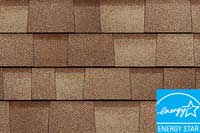
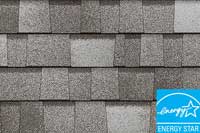
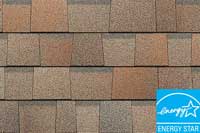
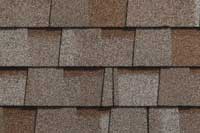
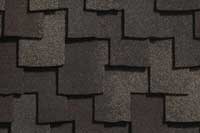
Why Cool Roofs?
Cool roofs can also enhance roof durability and reduce both building cooling loads and the urban heat island effect.
Most roofs (including over 90% of the roofs in the United States) are dark-colored. In the heat of the full sun, the surface of a black roof can increase by more than 100°F over the ambient temperature, reaching temperatures up to 190°F. This increase in surface temperature can contribute to:
- Increased cooling energy use and higher utility bills;
- Reduced indoor comfort;
- Accelerated deterioration of roofing materials, increased roof maintenance costs, and high levels of roofing waste sent to landfills.
- Higher peak electricity demand (the maximum energy load an electric utility experiences to supply customers instantaneously, generally experienced in summer late afternoons as businesses and residences turn up their air conditioners), raised electricity production costs, and a potentially overburdened power grid;
- Increased air pollution due to the intensification of the “heat island effect”
Any building with a dark colored roof will consume more energy for air conditioning than a “cooler” building – a strain on both operating costs and the electric power grid. Cool roof products offer both immediate and long-term savings in building energy costs. The EPA reports that cool roofs can:
- Reduce energy use: A cool roof transfers less heat to the building below, so the building stays cooler and uses less energy for air conditioning.
- Reduce air pollution and greenhouse gas emissions: By lowering energy use, cool roofs decrease the production of associated air pollution and greenhouse gas emissions.
- Improve human health and comfort: Cool roofs can reduce air temperatures inside buildings with and without air conditioning, helping to prevent heat-related illnesses and deaths.
